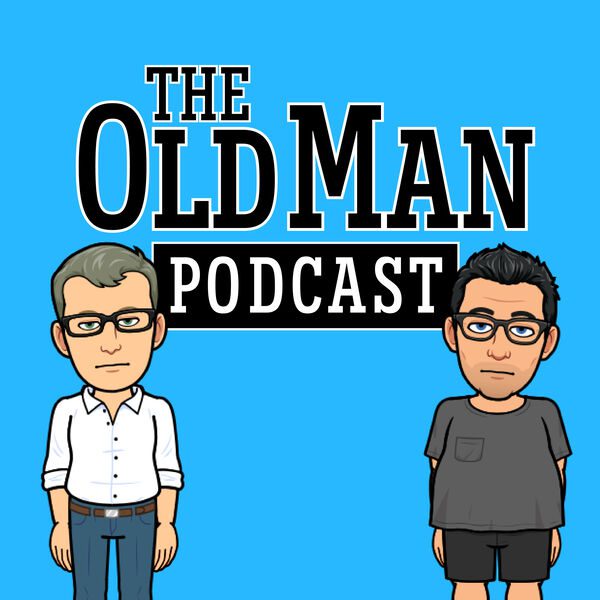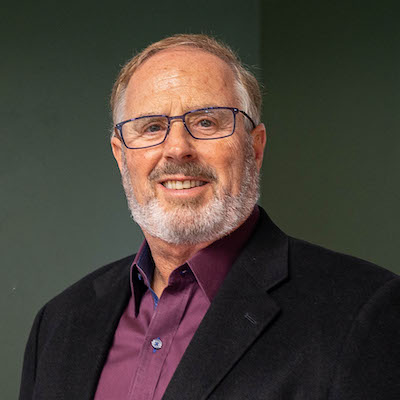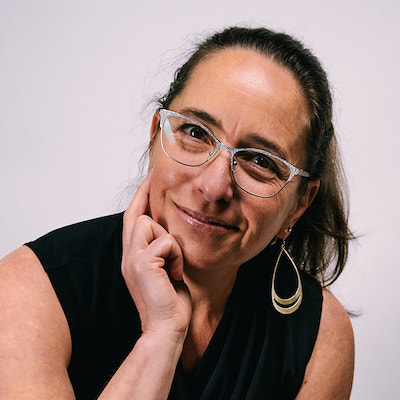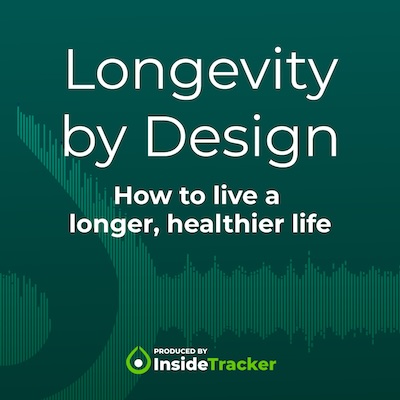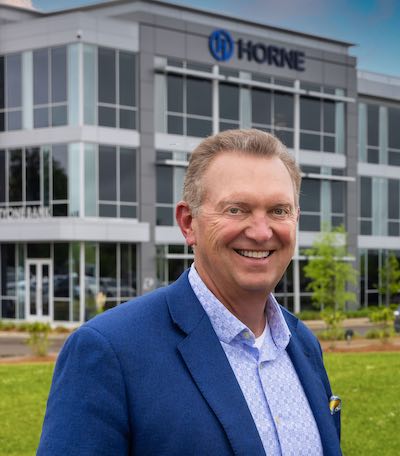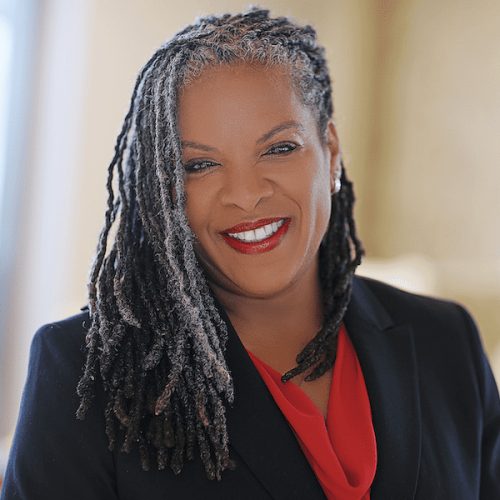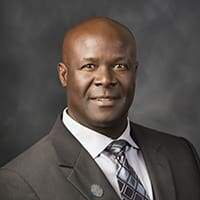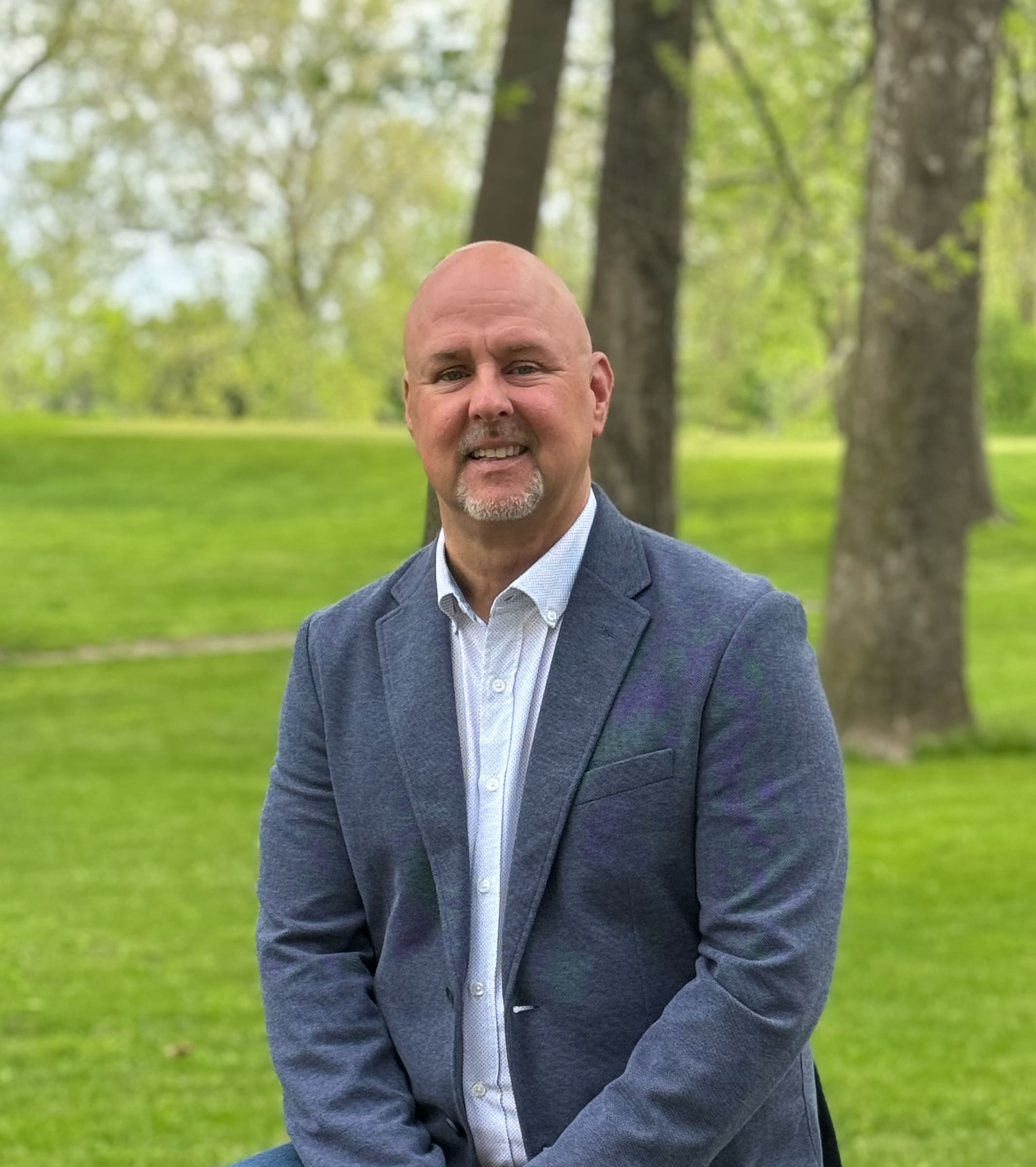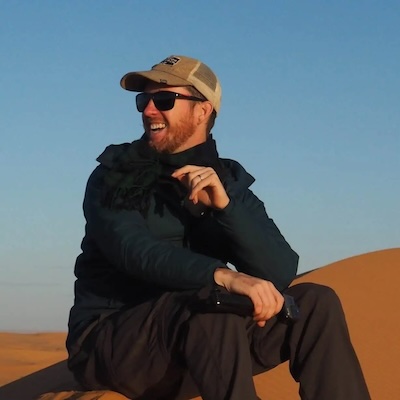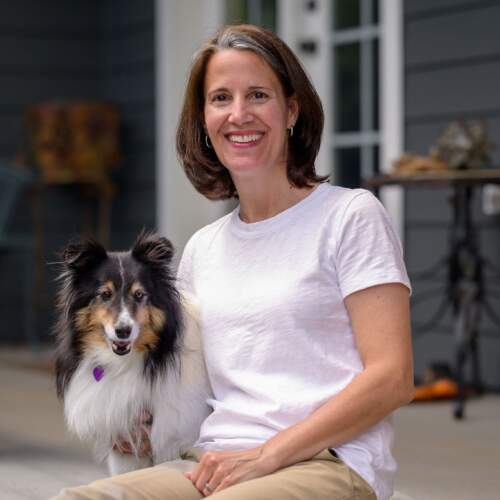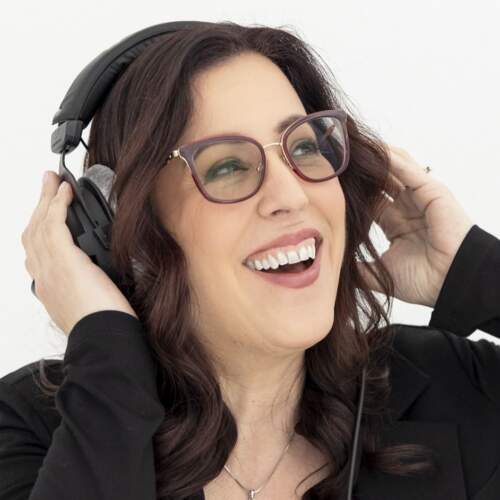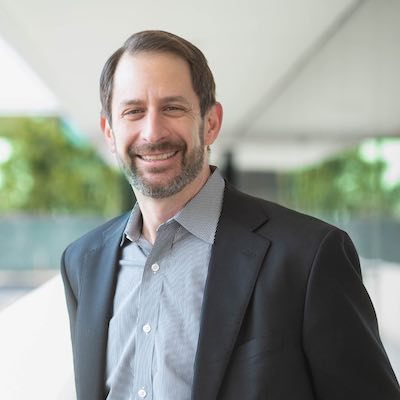What Does a Funeral Do?
I’ve been thinking about funerals. Doesn’t everyone? Maybe not. What does a funeral do? It honors the person that has died and brings support and comfort for the living. Funerals are about people coming together, a “send off” kind of gathering and sharing support for the beginning of our grieving journey.
We used to lay the body out in the living room. Family and friends came to our home, paid their respects to the one that died and gathered around the grieving. Sometimes church and clergy were involved but often not.
Gradually, as we became more “civilized,” our end of life rituals became more varied and elaborate. Visitations were held in funeral homes, and funerals were conducted in a church for the grieving before the gathering at the cemetery.
Today, we are looking, thinking, re-evaluating the comfort found in end of life rituals and services.
We are considering Life Celebrations before we actually die so we can enjoy the party. I’m not sure there is much support for the grievers there, but there is lots of love and affirmations for the person facing the end of their life.
We are having in-home gatherings, going back to having the body in the “parlor”.
Memorial services with the body not present are popular, generally with a nice portrait picture in place of the body. It tends to deflect the pain, or so people say. I’m not so sure about that.
When planning your burial in your Advance Directive, here are some things to think about:
Funerals are for the living. They are to bring comfort. Recognizing the life lived by the person that died is comfort to the living.
Funerals in churches are tradition. They tend to be attended because that is what we do when a life ends. Funeral services are about listening. Listening to others share kind words, listening to clergy saying redeeming words, singing praising songs. If you are not “churchy” then you can skip a church funeral. Have a service of sharing, of pictures; a gathering of friends and acquaintances in the funeral home with the body present. (There is something reflective about seeing the body laid out. Yes, my special person is dead).
Visitations, I’m sad to say, are becoming less and less a part of the end of life traditions. Why sad? Because visitations are about visiting, about sharing, about interacting, all of which is support for the griever. A visitation is a community experience at a time when support is the most comforting. A time where words have less meaning than a hug, an embrace, or a presence just sitting quietly.
Something More about… What Does A Funeral Do?
Planning our Advance Directive is not only something that benefits us- our choices for how we want things to unfold, but it is a gift to our loved ones. When we haven’t set up our end of life plans, our grieving loved ones have an even heavier weight to carry. In By Your Side, A Guide for Caring for the Dying at Home you will find many ideas for making your plans.
Originally Published on https://bkbooks.com/blogs/something-to-think-about


